Scotland Conference 2025
- Date:
- Saturday, 5 April 2025
- Time:
-
10:00 am - 4:00 pm
- Event Category:
- Meeting run by BDS
- Location:
- AK Bell Library, York Place, Perth PH2 8EP, UK United Kingdom
Organiser:
- Email:
- Email Organizer
- Website:
- View Organiser Website
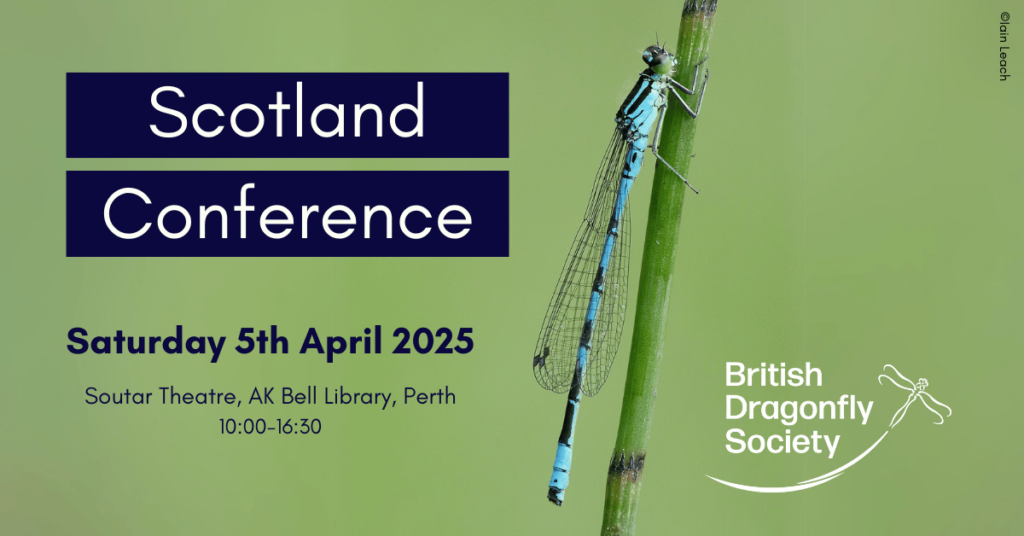
Join the Scotland team on Saturday 5th April 2025 for our 2025 Scotland Conference in the Soutar Theatre at the AK Bell Library, Perth. There will be talks, workshops and a chance to connect with like-minded dragonfly enthusiasts.
Refreshments will be provided but not lunch. Please book your place using the form below.
| Name | Talk |
| Lorna Slater MSP | Nature Champion for the Northern Damselfly: ‘On holiday with the Damselflies’. |
| Stephen Corcoran | Corrour peatland restoration and Northern Damselfly project |
| Pat Batty | Corrour survey results |
| Scott Shanks | Dragonflies on the Bog |
| Jen Davidson | Conservation work |
| Genevieve Tomkins | Cairngorms to Coast: the hunt for a rare dragon and damsel |
| Emma Stevens-Veitch | Playing hide & seek with Northern Emerald larvae |
| David Penman | Carse of Stirling Dragonflies |
| Workshops | Exuvia & larva ID |
Book your place using the form below:
- Date:
- Saturday, 28 June 2025
- Time:
-
10:30 am - 4:00 pm
- Event Category:
- Meeting run by BDS
- Event Tags:
- HSBG
- Location:
- Buttersteep, Ascot
The gates to the right of Buttersteep Forest car park, at the end of Buttersteep Rise, w3w ///remark.reap.rocket. Please be on time as we will be going through the gates to park and locking them behind us for the duration of the visit. Note that the Buttersteep Forest car park itself is not open to the general public (annual membership holders only, barrier controlled).
Ascot, SL5 8AX United Kingdom
Organiser:
- Phone:
- 07768 452365
- Email:
- Email Organizer
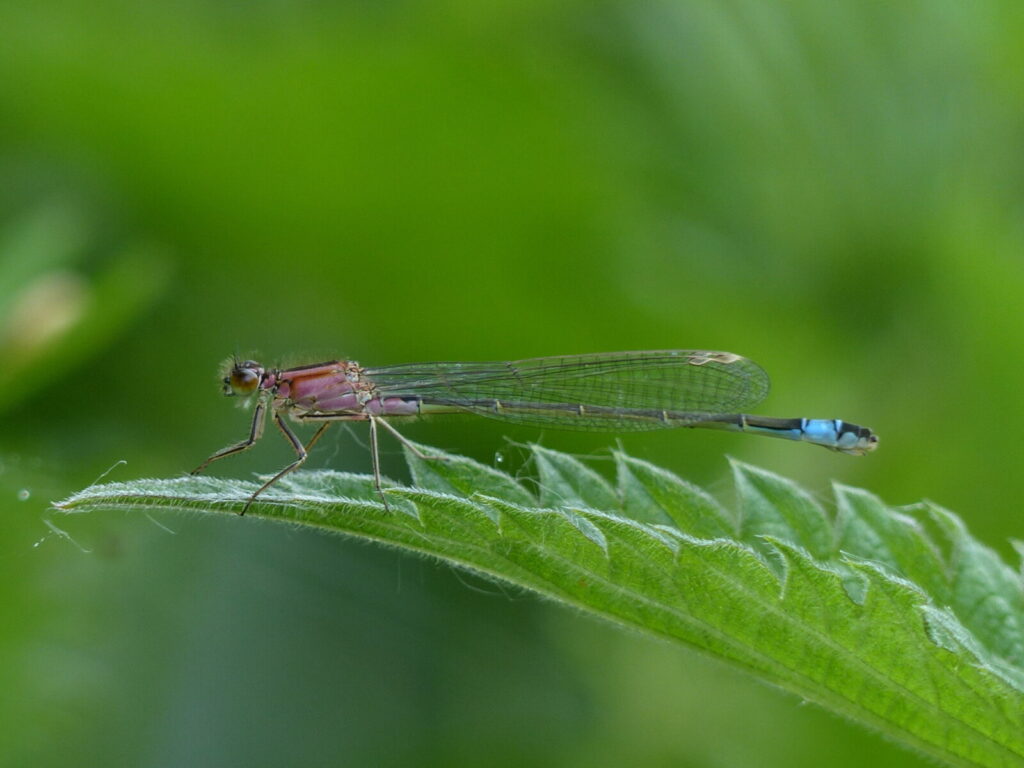
Aims: to see a range of summer dragonflies and damselflies with the possibility of Brilliant Emerald, and Scarce Blue-tailed Damselfly which was recorded on the site last summer.
Other
- Requirements
- Walking boots, close-focusing binoculars, water, lunch.
- Additional Info
- Please let us know if you are planning to attend.
- Meet
- 10:30 at the gates to the right of Buttersteep Forest car park, at the end of Buttersteep Rise, Ascot SL5 8AX, w3w ///remark.reap.rocket. Please be on time as we will be going through the gates to park and locking them behind us for the duration of the visit. Note that the Buttersteep Forest car park itself is not open to the general public (annual membership holders only, barrier controlled).
- Contact
- hsbg@british-dragonflies.org.uk
- Date:
- Sunday, 25 May 2025
- Time:
-
10:00 am - 5:00 pm
- Event Category:
- Meeting BDS Present
- Event Website:
- https://roam-somerset.org.uk/event/dragonfly-day-at-the-amc/
- Location:
- Avalon Marshes Centre
Avalon Marshes Centre, Shapwick Road
Westhay, Somerset BA6 9TT United Kingdom - Venue Website:
- View Venue Website
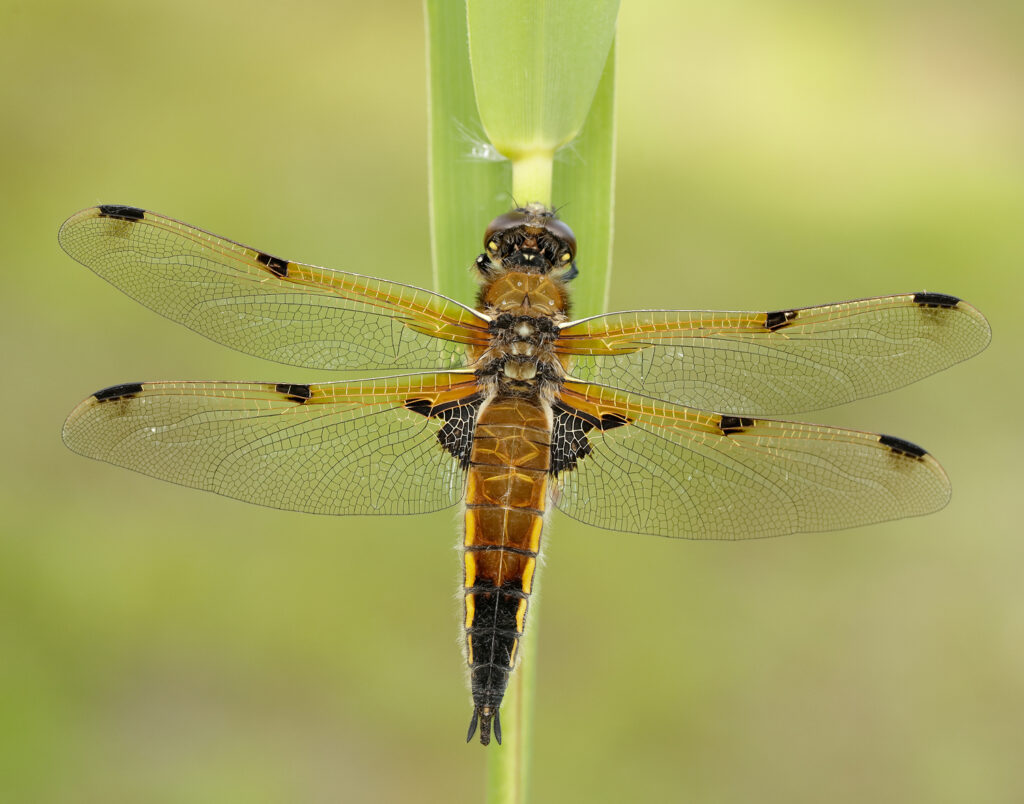
A whole day exploring Dragonflies at the Avalon Marshes Centre.
Orchestrated by Odonata oracle Jon Van Gowler, the day will explore the science and the place we hold dragonflies in our society through photography and art.
The event will be opened by Chris Sperring M.B.E. and will contain talks, photographic presentation and chances to see live larvae in pond-dipping sessions.
For more information and for booking talks click here.
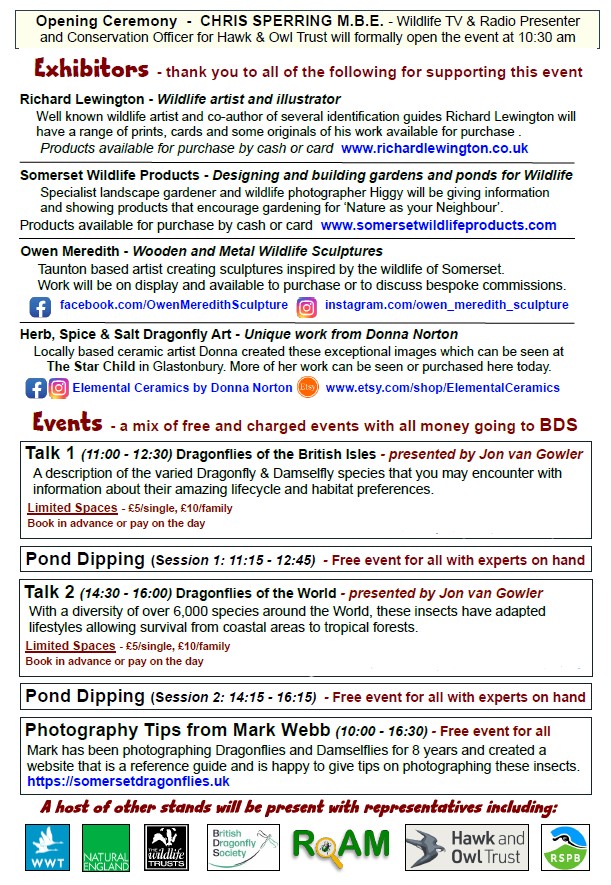
Image: Four-spotted Chaser by Iain Leach
- Date:
- Wednesday, 20 August 2025
- Time:
-
10:30 am - 3:00 pm
- Event Category:
- Meeting run by BDS
- Event Tags:
- HSBG
- Location:
- Eelmoor Marsh SSSI Hampshire United Kingdom
- Venue Website:
- View Venue Website
Organiser:
- Phone:
- 07768 452365
- Email:
- Email Organizer

We are determined to see more dragonflies this year and will especially be looking for Black Darter, after our visit in disappointing weather in 2024.
The site is managed for local nature and worldwide conservation by Marwell Wildlife.
We will be guided by Tony Mundell, formerly of RAE and the original proposer of Site of Special Scientific Interest status for Eelmoor Marsh.
Other
- Requirements
- To book a place contact Tony Mundell, Hants & Surrey Borders Group, using VC12recorder@hantsplants.net before Sunday 27 July, providing your full name and nationality (e.g. British). Requirements: Access will require identification, so remember to bring your passport or a photo id driving licence. Also bring refreshments and a packed lunch and wear robust clothes and stout boots, or preferably wellington boots. The area can be very boggy, so the leader always takes welly boots to change into on arrival at the Marsh.
- Additional Info
- This area has excellent bog habitat with an exceptionally rich flora and fauna, including many dragons and damsels. One aim is to see if the Black Darter is still hanging on there, whilst many former southern colonies have apparently moved north due to climate change.
- Meet
- 10.30 am until 3.30 pm, meeting initially at Cody Gate car park, grid reference SU 8443 5423; What Three Words: waters.supply.edit Access is via QinetiQ, a secure research establishment, and is by pre-booking only. Numbers will be limited (first come, first served). Once booked in with passes, we will drive on in convoy to the site, so late-comers will not be admitted.
- Contact
- VC12recorder@hantsplants.net
- Date:
- Tuesday, 12 August 2025
- Time:
-
11:00 am - 3:00 pm
- Event Category:
- Meeting run by BDS
- Event Tags:
- HSBG
- Location:
- Wildwood Golf Course
Wildwood Lane (near Pound Lea Farm)
Alfold, Nr Cranleigh, Surrey GU6 8JR United Kingdom
Organiser:
- Website:
- View Organiser Website
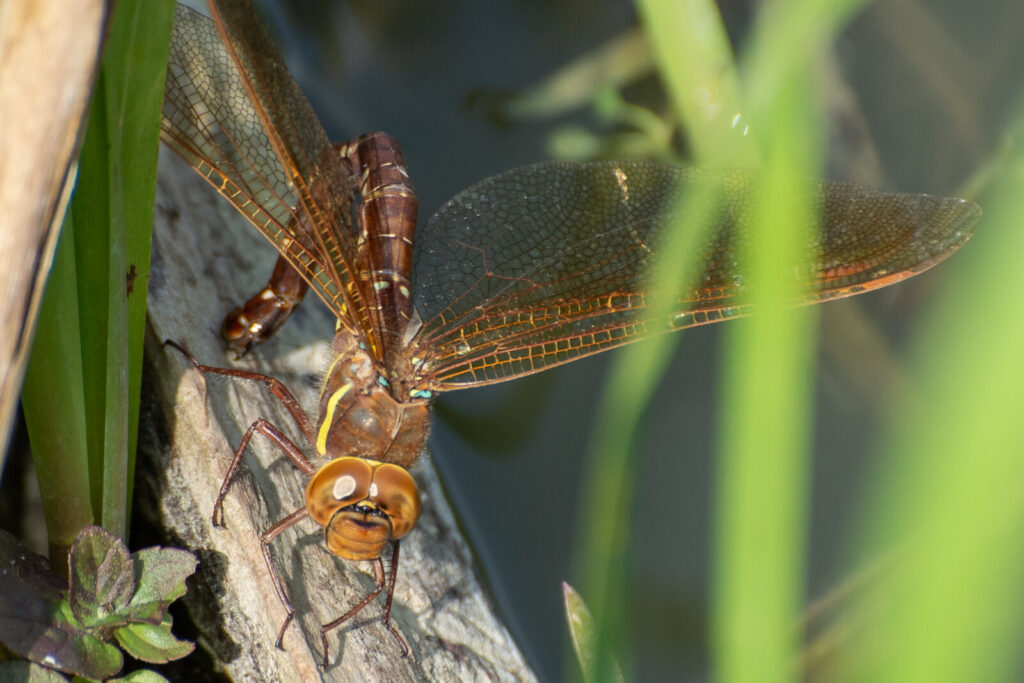
A joint meeting of BDS Hants, Surrey, Berkshire Group with Butterfly Conservation, Surrey branch, led by Francis Kelly, an expert in both.
Wildwood is an abandoned golf course with numerous “water features”. 24 species of Odonata have been recorded across 18+ ponds. Also look out for the very rare Brown Hairstreak butterfly.
Other
- Requirements
- Walking boots or wellies, close-focusing binoculars, lunch, water.
- Additional Info
- *** LATE UPDATE *** - Knowle Lane, Cranleigh, is closed. Access Wildwood Lane from the A281 only.
- Meet
- 11:00 at Wildwood - 10 miles SE of Guildford at TQ04813606, ///jaws.astounded.devalued.
- Contact
- (use the event website)
- Date:
- Thursday, 17 July 2025
- Time:
-
10:30 am - 4:00 pm
- Event Category:
- Meeting run by BDS
- Event Tags:
- HSBG
- Location:
- Fishpool c.p., Chobham Common
Fishpool car park, SU993635
Chobham Common, Surrey GU24 8HN United Kingdom
Organiser:
- Phone:
- 07768 452365
- Email:
- Email Organizer

A SSSI site managed by Surrey Wildlife Trust with many species including White-legged Damselfly.
Other
- Requirements
- Walking boots, close-focusing binoculars, lunch, water, means to pay for parking.
- Meet
- 10:30 at Fishpool car park.
- Contact
- hsbg@british-dragonflies.org.uk
- Date:
- Thursday, 3 July 2025
- Time:
-
10:30 am - 3:00 pm
- Event Category:
- Meeting run by BDS
- Event Tags:
- HSBG
- Location:
- Old Lodge, E.Sussex
Old Lodge Car Park
Maresfield, E. Sussex TN22 3JD United Kingdom - Venue Website:
- View Venue Website
- Location:
- Old Lodge, E.Sussex
Old Lodge Car Park
Maresfield, E. Sussex TN22 3JD United Kingdom - Venue Website:
- View Venue Website
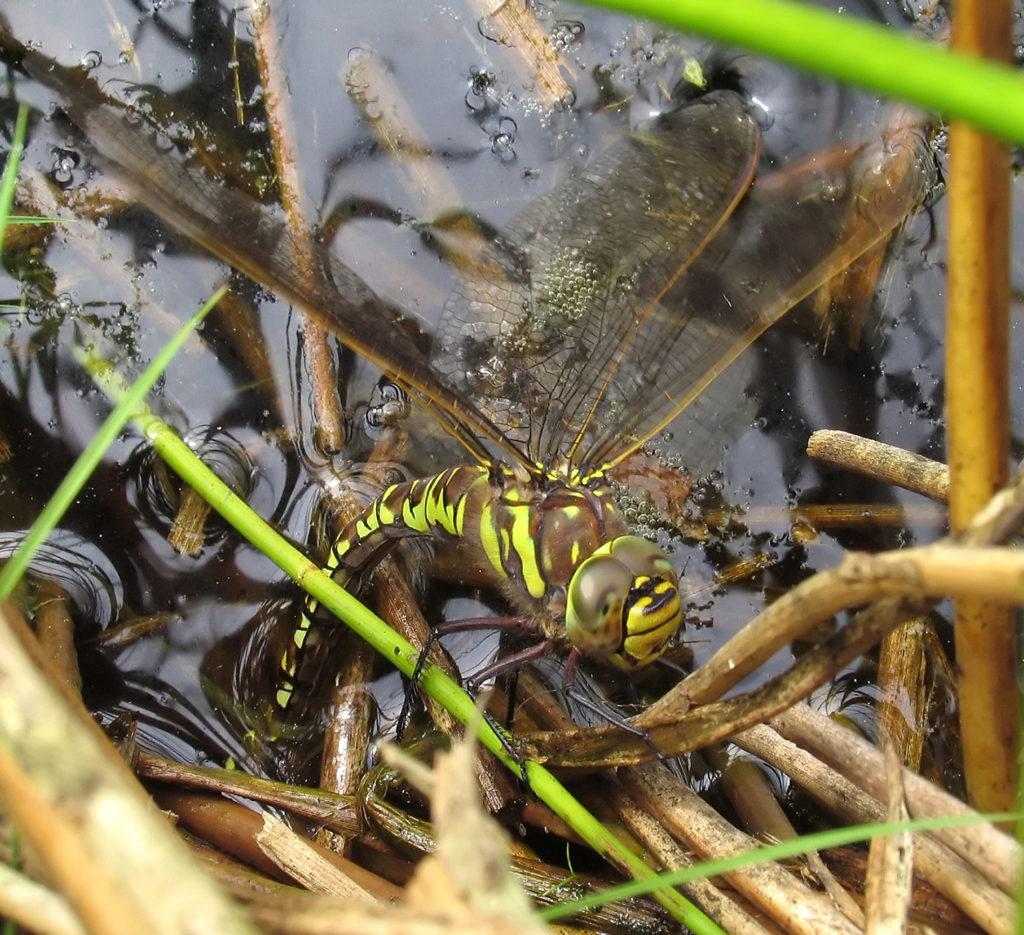
This is an extensive site with heather, pine woodland and a lake within Ashdown Forest.
Other
- Requirements
- Walking boots, close-focusing binoculars, lunch, water, means to pay for parking.
- Additional Info
- This is an extensive heathland site managed by Sussex Wildlife Trust. Expect to walk a significant distance on uneven surfaces.
- Meet
- 10:30 at Old Lodge car park at the end of the track to Old Lodge, TQ469306 on the B2026. Parking charges apply.
- Contact
- hsbg@british-dragonflies.org.uk
- Date:
- Sunday, 22 June 2025
- Time:
-
10:30 am - 3:00 pm
- Event Category:
- Meeting run by BDS
- Event Tags:
- HSBG
- Location:
- Hartley Wintney (Monachus La)
Monachus Lane car park
Hartley Wintney, Hampshire RG27 8NG United Kingdom
Organiser:
- Phone:
- 07768 452365
- Email:
- Email Organizer
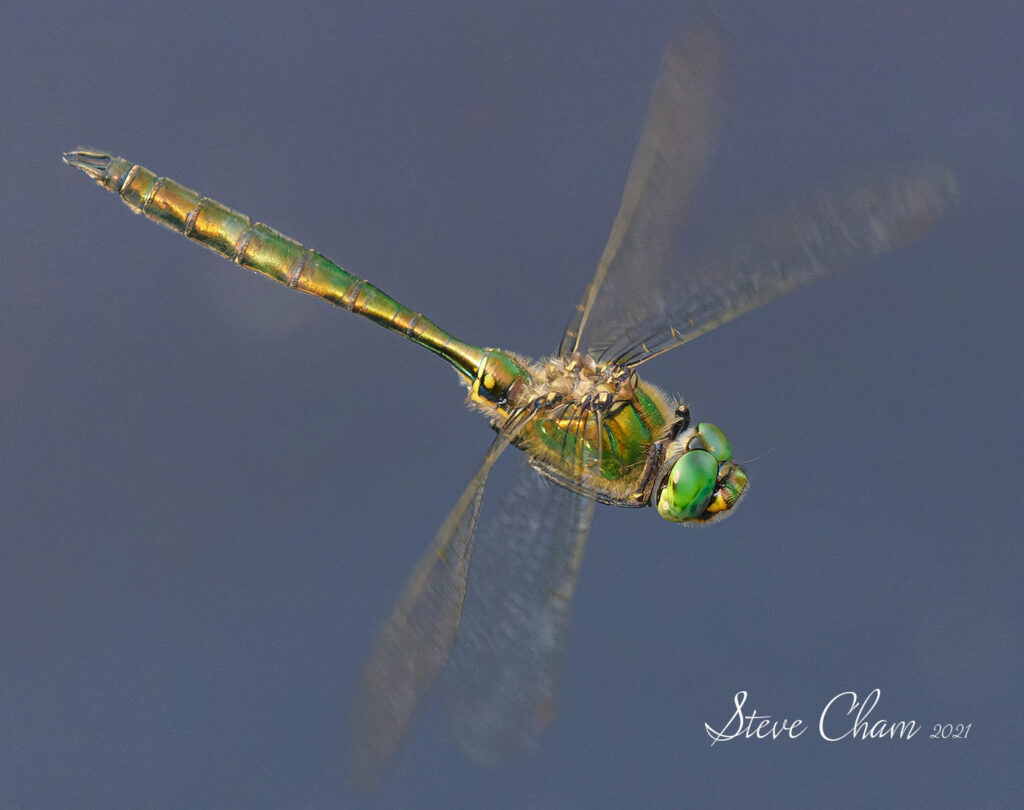
We hope to see Brilliant Emerald at this woodland glade site. We walk on well made but muddy paths to Warren Heath – 4 miles there and back. Hiking boots recommended (and possibly gaiters against ticks.) 100m over rough heath to one pond. Bring a packed lunch to eat by ponds to see what flies past. No facilities on site.
Possible coffee & cake afterwards at ‘Cuppies and Cream’ in Hartley Witney.
Other
- Requirements
- Walking boots, close-focusing binoculars, lunch, water.
- Additional Info
- With no parking at the site it's a pleasant walk from Hartley Wintney and the site itself has some rough paths.
- Meet
- 10:30 at Monachus Lane car park, RG27 8NG
- Contact
- alansholmes@gmail.com
- Date:
- Saturday, 26 July 2025
- Time:
-
10:30 am - 3:00 pm
- Event Category:
- Meeting run by BDS
- Event Tags:
- HSBG
- Location:
- Nutfield Biodiversity park
Redhill
Surrey, RH1 2PB United Kingdom
Organiser:
- Phone:
- 07768 452365
- Email:
- Email Organizer
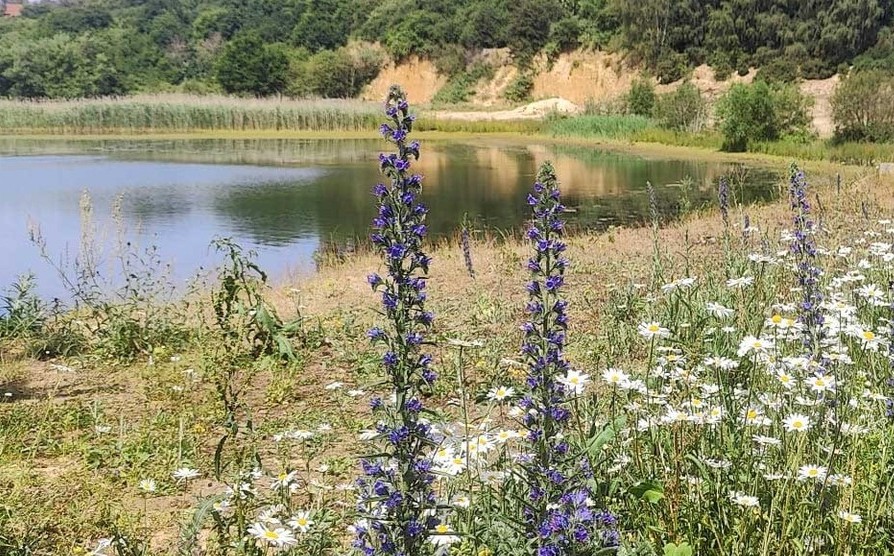
Our first visit to this extensive site, managed by Surrey Wildlife Trust. The main area of interest will be The Moors reserve – a complex of habitats including watercourses and bogs; wellies recommended! Previous records for July include a good range of species, with the possibility of Lesser Emperor. After lunch, weather and time permitting, there may be the opportunity to explore Spynes Mere further north.
Other
- Requirements
- Boots, close-focusing binoculars, lunch.
- Contact
- hsbg@british-dragonflies.org.uk
- Date:
- Tuesday, 13 May 2025
- Time:
-
11:00 am - 3:00 pm
- Event Category:
- Meeting run by BDS
- Event Tags:
- HSBG
- Location:
- Sidney Wood, Surrey
Sidney Wood at TQ02673526
///cookbooks.race.statue, Surrey GU6 8JG United Kingdom
Organiser:
- Website:
- View Organiser Website
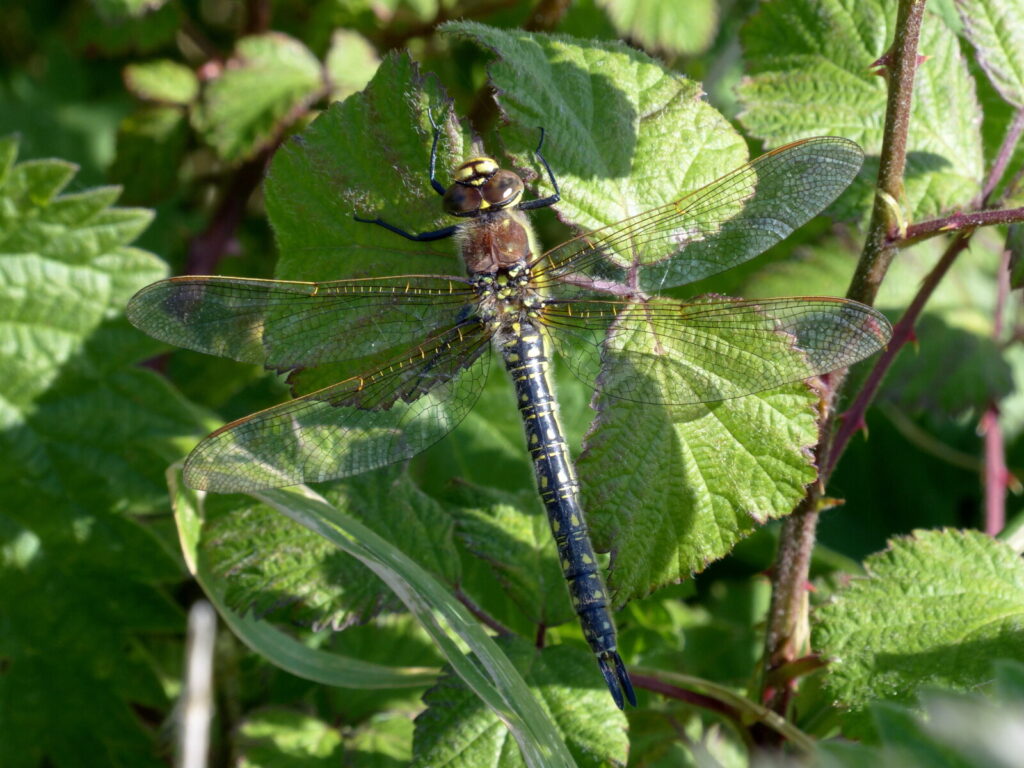
A joint meeting of BDS Hants, Surrey, Berkshire Group with Butterfly Conservation, Surrey branch.
Along with the early-season Hairy Dragonfly, Wood White and Skipper butterflies should also be present.
Other
- Requirements
- Walking boots or wellies. Close-focusing binoculars. Lunch.
- Additional Info
- More about Sidney Wood at https://www.surreyarchaeology.org.uk/content/sidney-wood-alfold
- Meet
- 11:00 at the car park on south side of Dunsfold Road, 1m west of A281 Alfold Crossways. Afternoon: car share to Oaken Wood.
- Contact
- (use the event website)
